Scaffolding has been around for many years offering builders the support they need in construction projects. Scaffolds also provide safety for workers. The components and materials for scaffolds have been advanced and refined by pipe civil engineers over the years to offer this industry different types of scaffolding.
Remember that their uses have increased because of the specification advancements, leading to great architectural outcomes. There is a chance that you may be looking for scaffolds for your project. In such cases, it’s a good idea to get a scaffold from Lakeside Hire. In this article, you will learn about the different types of scaffolding.
Different types of scaffolding
Scaffolding can come in various sizes and shapes, though it depends on the team and project needs. In most cases, steel is usually a preferred material for scaffolding because it offers great tensile strength and structural strength, so it is durable.
Steel is often used in power piping industries. As the name suggests, they use steel in steel scaffolding which you can erect and dismantle quickly. And, steel scaffolding is safe and suitable for working at great heights. You can find various types of scaffolding structures that include the following:
Cantilever scaffolding
The 3D structure of the scaffolding can create a working space that may extend over an area of a building or ground level without contacting the ground or even the building. This is because of the surface below that is not suitable for carrying scaffolding or it’s just too complex to access.
Take note that cantilever scaffolding is sometimes known as needle or single frame scaffolding. You can use this type of scaffolding in construction projects that have access or space constraints.
Trestle scaffolding
Also, the name gives the description of this scaffolding. With trestle scaffolding, it doesn’t go beyond 5 meters in height. This scaffolding is a simple structure to make sure that it’s practically mobile.
The base plates of the trestle scaffolding have castors that are connected and are usually utilized indoors. You can also use it for low complexity projects, such as electrical work at heights, painting ceilings, installing window treatments, and many more.
Single and double scaffolding
Single scaffolding has one row, or one facade or one plane. Sometimes, people also call a single scaffolding as putlock or putlog scaffolding. This type of scaffolding is often made with standards and ledgers. The transoms are utilized to connect the scaffolding to the structure of the building. This is quite popular with plasterers, bricklayers, and constructors doing a bagged finish with masonry or slush.
When it comes to double scaffolding, it has two planes of scaffolding. Most people like it because it provides great scalability and strength. Aside from these, double scaffolding gives more workspace and options for people to move past one another. Even better, the scaffolding can give you some storage space for your bulky materials and equipment. Most stonemasons usually like to use double scaffolding.
As you can see, you can find a variety of scaffolding out there. Therefore, you need to determine the type of project you have so that you can find the type of scaffolding that is suitable for you.

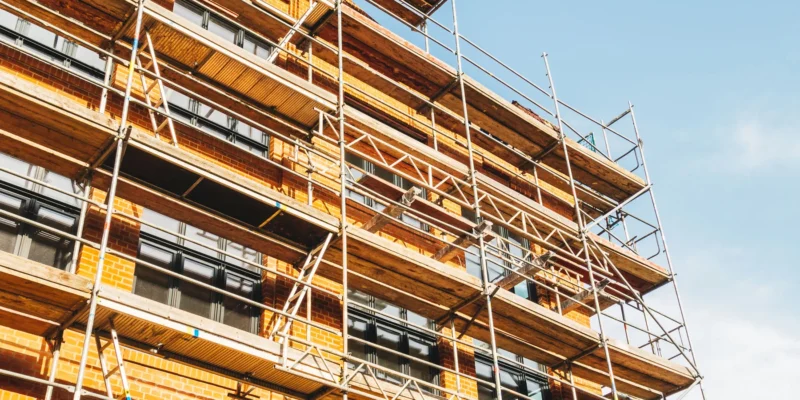
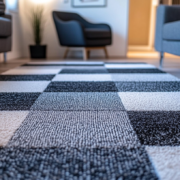
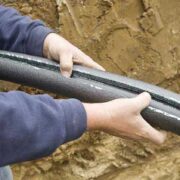
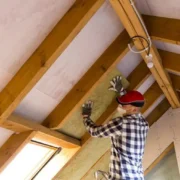

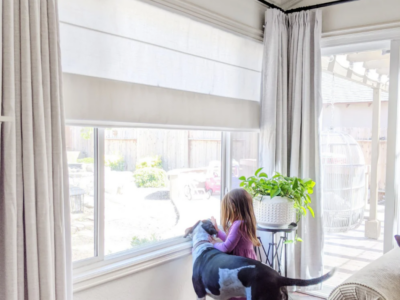


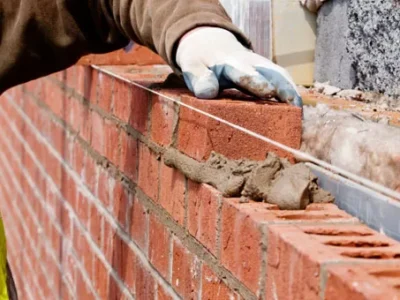
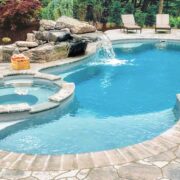


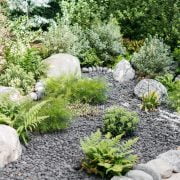
Comments